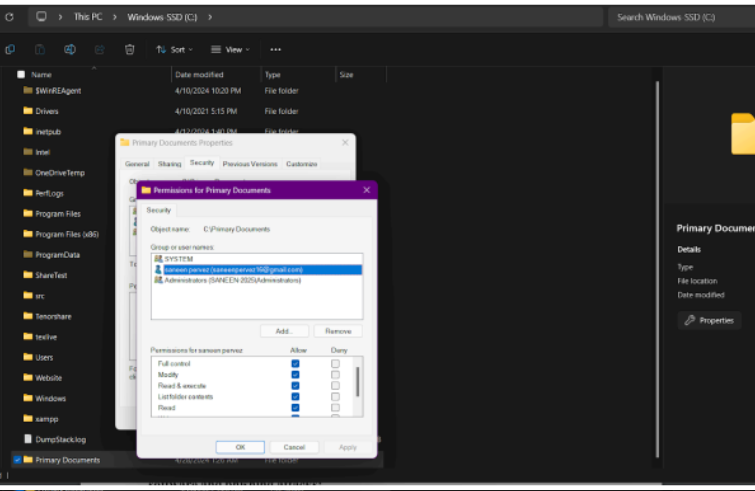1. Devices:
● 16 PCs
● 7 Laptops
● 4 Servers
● 4 Routers
● 4 Firewalls
Our five controlling servers are highly skilled due to their superior graphic cards because they are specifically designed for advanced AI and machine learning tasks in our tech network architecture. Our next-generation firewalls secure our digital borders, and these multifunctional
routers make sure we’re always connected to keep everything operating efficiently and safely.
Additionally, we’ve installed a complex network behind the scenes that links all of our devices together smoothly. Special VLANs provide an additional degree of protection by isolating and safeguarding our network.
- Sector: A technology firm offering innovative solutions.
- Base: Main office situated in New York, alongside branch offices in key global cities.
- Scale: Small-scale operation, boasting a workforce of around 30 professionals.
- Niche: Focused on crafting and executing cutting-edge media and entertainment platforms.
- Clientele: Tailors solutions for a diverse array of customers, including media conglomerates, live event venues, sports arenas, luxury resorts, and multinational corporations.
Here’s a visual representation using Packet Tracer of the network setup for our fictional organization:

A simple policy to direct users on how to identify and avoid malicious software and phishing attacks:
- Watch Your Emails: Be careful with emails from people you don’t know or with strange links or files attached.
- Strong Passwords: Make sure your passwords are strong and unique. Don’t share them with anyone, and turn on that extra security thing if you can.
- Keep Things Updated: Make sure your computer and programs are always up to date. It helps keep the bad stuff out.
- Stay Safe Online: Be careful with websites that don’t look right or ask for personal info. And watch out for those pesky pop-up ads.
- Stay in the Know: Join in on those security training sessions and follow all the rules of our company’s policy. None of our info should be shared to outsiders.
- Speak Up: If something seems fishy, let the IT sector know right away. They’re here to help keep us safe.
An example of one of your company’s documents both in its unencrypted and encrypted versions, created with the RSA algorithm and a public key:

Conclusion:
I now have a better understanding of security analysis, network design, and best practices for protecting organizational assets. My grasp of cybersecurity fundamentals has improved as a result of my practical experience with tools like Wireshark, NMAP, and encryption methods. I’m also better equipped to handle difficulties related to network and data security in the real world. After doing this project, I feel like I have more practical experience—almost like a cybersecurity analyst. I’m gaining experience with cybersecurity technologies like WireShark, NMAP, and Cisco Packet Tracer by enrolling in a summer internship program. These tools will help me in my future job. I’ve learned useful skills from this assignment, including how to create a fictional corporation from the ground up, build its network infrastructure, and become proficient with tools like Wireshark and NMAP for investigation of networks. In addition, I’ve gained knowledge on how to create user-friendly regulations and secure server file folders so that colleagues can be taught how to identify and steer clear of online dangers like malware and phishing scams. Exploring encryption algorithms was one of the most fascinating parts of this endeavor. I had a great experience that increased my understanding of data security when I learned how to protect important corporate papers using public key encryption and the RSA algorithm. In summary, this project has broadened my understanding of network architecture and security protocols while also offering me useful perspectives that I can utilize in actual information technology situations.




